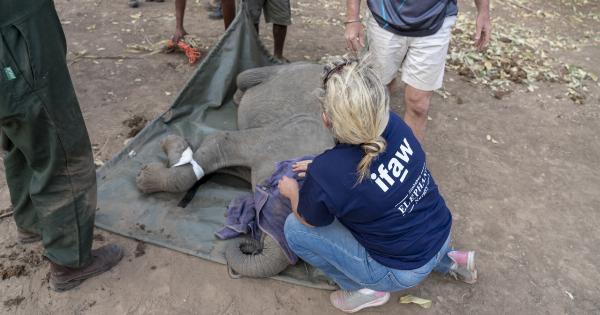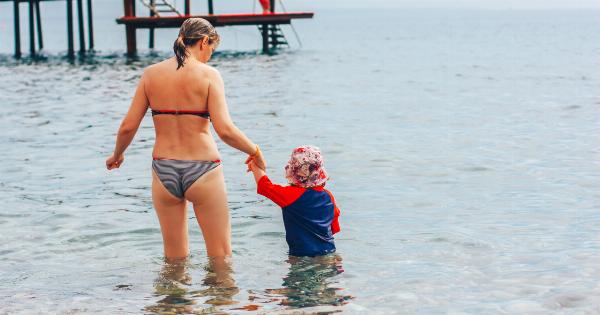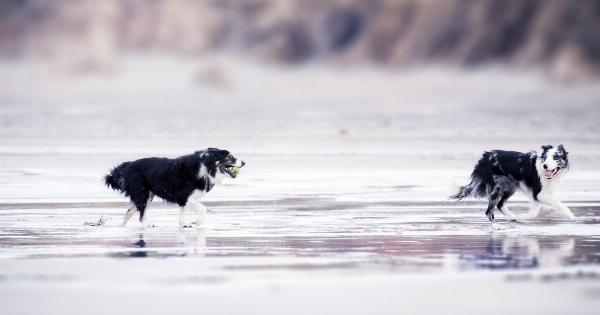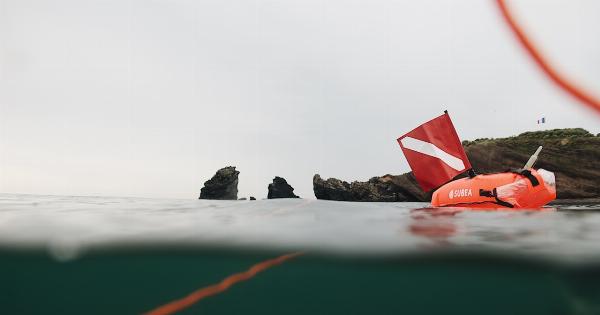Many dog owners love taking their furry companions to the beach. It’s a wonderful way to spend time together, enjoying the sand, sun, and water.
However, before you pack your bags and head to the nearest beach, there are a few important things you need to know to ensure your dog’s safety and enjoyment. In this article, we will discuss everything from beach etiquette to health concerns, so you can have a fun and worry-free day at the beach with your beloved pet.
1. Check if Dogs are Allowed
First and foremost, it’s crucial to find out if dogs are allowed on the beach you plan to visit. Not all beaches permit dogs, and those that do often have specific rules and restrictions.
Check the beach’s website or call ahead to confirm their pet policy. Some beaches only allow dogs during certain times of the year or have designated dog-friendly areas. Always respect the rules and regulations of the beach to avoid any issues.
2. Choose the Right Time of Day
The beach can be scorching hot during the day, especially in summer. To protect your dog from overheating and burning their paws on the hot sand, opt for early morning or late afternoon visits when the temperature is lower.
Avoid peak hours when the beach is crowded, as it may overwhelm or stress out your dog, leading to unpredictable behavior.
3. Bring the Essentials
Just like you pack your beach bag with essentials, you need to do the same for your dog. Here are some items to bring:.
- A leash: Keep your dog on a leash to ensure their safety and the safety of others.
- Freshwater and a portable bowl: Hydration is crucial for your dog, especially in hot weather.
- Sunscreen for dogs: Yes, dogs can get sunburned too! Apply a dog-friendly sunscreen to areas with thin fur.
- Towels: Dry off your dog after a swim to prevent them from getting chilled.
- Doggy waste bags: Always clean up after your dog to keep the beach clean and enjoyable for everyone.
4. Practice Good Beach Etiquette
When you take your dog to the beach, it’s essential to be mindful of others and follow proper beach etiquette. Here are some guidelines to keep in mind:.
- Keep your dog leashed unless in designated off-leash areas.
- Do not allow your dog to bother or approach other beachgoers without their consent.
- Prevent excessive barking or any disruptive behavior.
- Respect the environment by staying in designated areas and preserving the natural habitats.
- Always clean up after your dog and dispose of waste properly.
5. Be Cautious of Water Safety
While many dogs are natural swimmers, it’s essential to be cautious of water safety. Not all dogs are comfortable or skilled swimmers, and strong currents can pose a danger. Keep these tips in mind when your dog ventures into the water:.
- Start with shallow water and gradually let your dog venture deeper if they are comfortable.
- Use a life jacket if your dog is new to swimming or if you’re unsure about their abilities.
- Keep an eye on your dog at all times and never leave them unattended in the water.
- Watch out for signs of fatigue, such as heavy panting or struggling to stay afloat.
6. Be Mindful of Beach Hazards
While the beach can be a paradise for dogs, it’s essential to be mindful of potential hazards that could harm your furry friend. Some common beach hazards include:.
- Hot sand that can burn your dog’s paws.
- Sharp seashells or rocks that can cause injuries.
- Glass or other litter that poses a danger.
- Sea creatures like jellyfish or crabs that may sting or bite your dog.
- Strong waves or rip currents that can pull your dog into the water.
7. Watch Out for Heatstroke
Dogs are more susceptible to heatstroke than humans, and spending a day at the beach under the scorching sun can be a risk. Watch out for the following signs of heatstroke:.
- Excessive panting and drooling.
- Weakness or lethargy.
- Vomiting or diarrhea.
- Rapid heartbeat or difficulty breathing.
- Collapse or loss of consciousness.
If you notice any of these symptoms, immediately move your dog to a shaded area, offer fresh water, and seek veterinary attention if needed.
8. Rinse Off After the Beach
Once your beach adventure is over, it’s crucial to rinse off your dog to get rid of any sand, saltwater, or chemicals they may have come into contact with. Leaving these substances on your dog’s coat can cause irritation or skin issues.
Use fresh water to thoroughly rinse your dog’s fur, paying special attention to their paws, belly, and underbelly area.
9. Consider Your Dog’s Personality
Before taking your dog to the beach, consider their personality and behavior. Not all dogs enjoy the beach or are suited for the environment. Some dogs may be fearful of water or become overly excited around other dogs and people.
Pay attention to your dog’s comfort level and be prepared to adjust your plans accordingly. If your dog seems stressed or anxious, it may be best to find alternative ways to enjoy the outdoors together.
10. Have Fun and Enjoy the Experience
Finally, remember to have fun and enjoy your time at the beach with your dog. It’s a fantastic opportunity to create wonderful memories and strengthen your bond.
Keep an eye on your dog, respect others, and follow the beach rules to ensure a safe and enjoyable experience for everyone.































